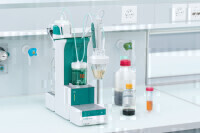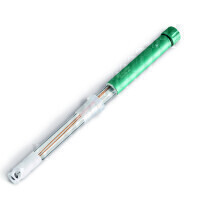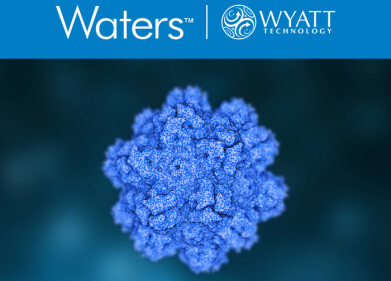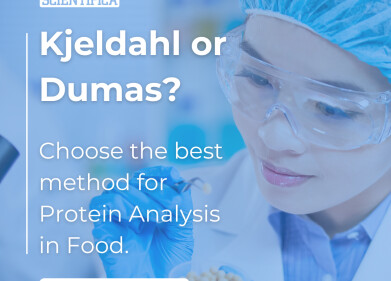-
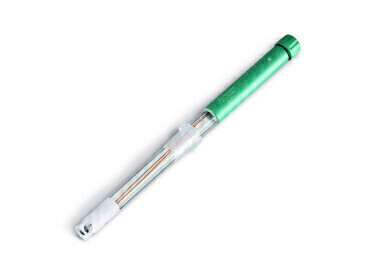
-
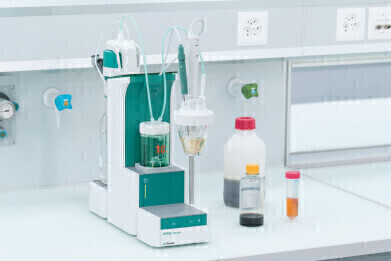 Thermometric titration is ideal for heavily contaminated samples, e.g., crude oil and other petrochemical matrices.
Thermometric titration is ideal for heavily contaminated samples, e.g., crude oil and other petrochemical matrices.
Laboratory products
Thermometric Titration Implemented in OMNIS
Apr 11 2023
Titration mode for ‘difficult’ samples added to modular titration platform from Metrohm
As universal as it may be, potentiometric titration is not a silver bullet: Highly aggressive media or heavily contaminated samples can quickly destroy a potentiometric sensor making it impossible to follow the chemical reaction in the sample solution and accurately determine the titration endpoint. Thermometric titration can often be the solution for measuring such samples; and this titration mode has now been implemented in OMNIS, the universal platform for titration by Metrohm.
Every titration reaction is either exothermic or endothermic. The temperature changes as the titrant and analyte react. When all the analyte has been reacted, a difference in the rate of temperature change indicates the endpoint.
Hence, thermometric titration follows the titration reaction and determines the endpoint using a thermometer with a very short response time and high resolution: The dThermoprobe from Metrohm has a response time of just 0.3 seconds and can measure temperature changes as small as 0.00001 degrees Kelvin. The endpoint of the titration is registered when the titration reaction has stopped and with it any change in temperature of the sample solution.
Customers can choose between a dedicated thermometric OMNIS Titrator or add the thermometric titration mode to any existing potentiometric OMNIS Titrator. For higher sample throughput, automation is possible utilising the OMNIS Sample Robot for unattended analysis of up to 175 samples at up to four dedicated workstations.
Typical application examples for thermometric titration are the determination of acid number in petroleum products (as per ASTM D8045), the phosphate or sulphate content in liquid fertilisers, or sodium content in foodstuffs. The advantages of thermometric titration in a nutshell:
- Fast – results within a minute
- Robust (HF resistant sensor) and therefore highly suited for aggressive media and heavily contaminated matrices (e.g., hydrocarbons, acid mixtures)
- One sensor for all applications
- No sensor calibration needed
- No sensor maintenance required (no diaphragm, no membrane, no electrolyte, sensor can be stored dry)
Digital Edition
Lab Asia 32.2 April
April 2025
Chromatography Articles - Effects of small deviations in flow rate on GPC/SEC results Mass Spectrometry & Spectroscopy Articles - Waiting for the present to catch up to the future: A bette...
View all digital editions
Events
Apr 22 2025 Hammamet, Tunisia
Apr 22 2025 Kintex, South Korea
Analytica Anacon India & IndiaLabExpo
Apr 23 2025 Mumbai, India
Apr 23 2025 Moscow, Russia
Apr 24 2025 Istanbul, Turkey
